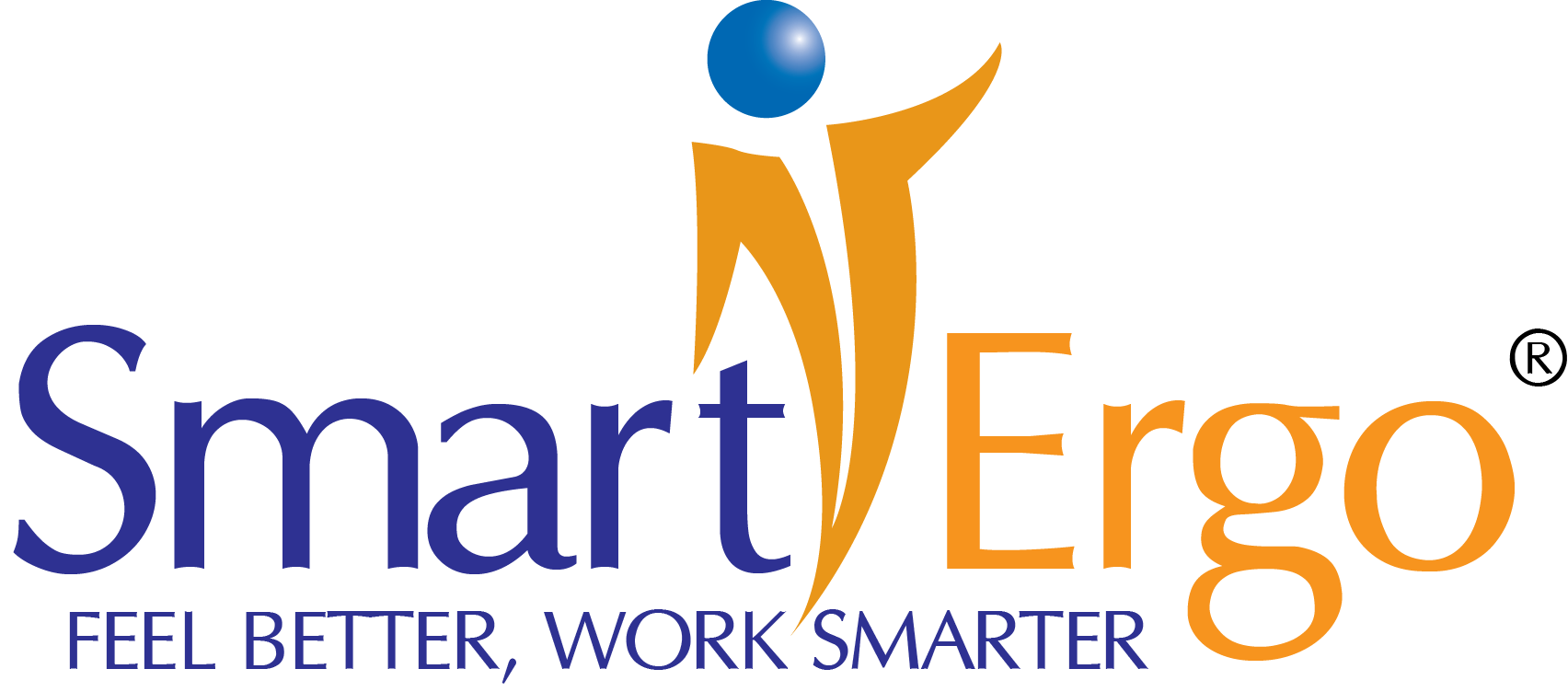
A new report, on worker injuries published last month by the University of Connecticut, shows a 21% increase in Carpal Tunnel Syndrome and other injuries compared to during the SARS-CoV-2 Pandemic.
While remote work was unavoidably the norm ‘during’ the Pandemic, data ‘at the time‘ didn’t allow for the cumulative passage of time where workers are working in poor ergonomic conditions involving their furniture, equipment, stress and, most importantly, their work behaviors. Today, remote and hybrid work are ubiquitous.
UConn Health researchers analyzed data from the Connecticut Workers’ Compensation Commission and State Agencies for the State’s 2024 Occupational Disease Report, released last month. News of the study can be found at CT Insider “Carpal tunnel syndrome, other injuries up 21 percent in CT following pandemic as more work from home“.
In reviewing well-known causal relationships of factors contributing to Musculoskeletal Disorders, one particular area represents remarkably steady return on investment for proactive Safety Professionals – stress.
Recurring stress inflicts many impacts on employees, management, processes, collaboration and of course the bottom line – and it also accelerates the development of Musculoskeletal Disorders. It’s no surprise that employers are assessing the risk and implementing mitigation programs.
With persistent inflationary pressures, palpable climate change effects, work-related psychosocial pressures and other significant stressors, employee stress is at historic highs. For these and many other good reasons, employee stress has become an important mission-critical priority on the radar of Leadership who are concerned about Musculoskeletal Disorders, organizational effectiveness and the bottom line.
A very recently published study from Johns Hopkins Carey School of Business and A Great Place To Work “Well-being At Work US Research Report 2024“, while upbeat, shows a significant decline in Well-being from 2019 through 2023 after surveying more than 1.5 million workers.
It’s been known for decades that stress creates physiological responses. Significant research has conclusively determined that stress plays a significant role, as an independent variable, in the development of Work-Related Upper Extremity MSDs.
Psychological stress triggers physiological stress including dilation of the pupils, increased heart rate, release of adrenaline and cortisol into the bloodstream, increased muscle tension plus adverse decreases in immune system response. Stress increases the duration of muscle activity while reducing the likelihood for tissue recovery thereby causing fatigue and inflammation.
Understood through a pathophysiological lens, stress impairs circulation affecting the supply of oxygen and other nutrients to tissues while likewise impairing removal of waste products such as carbon dioxide and lactic acid. In fact, studies have shown that risk factors for neck-shoulder pain, arm-wrist-hand and back pain in computer workers consist of a mixture of physical and psychosocial conditions.
An extensive literature review of 47 studies was published last year by researchers from the University of Newcastle, NSW Health and University of Sydney “Workplace Psychosocial Factors and Their Association With Musculoskeletal Disorders: A Systematic Review of Longitudinal Studies” which summarized: “Review of the articles included in this article supports the theory that MSDs have a multifactorial, complex etiology that includes psychosocial factors. Interventions to enhance psychosocial work environment provide opportunities to reduce the risk of MSDs.“
Beyond the innate physical pathology of musculoskeletal disorders and eventual workplace injuries of computer workers, this additional factor of “employee stress” prominently layers on top of the need of actively managing computer user behaviors including posture, movement and recovery time as an important organizational mitigation strategy and best practice.
The Psychological Power of Recovery Time
Health and safety professionals clearly understand the vital importance of the behaviors of working in neutral postures and providing metabolic recovery time while working (microbreaks) to break up static postures. Beyond that, however, the value of microbreaks goes much further for employees and employers.
For decades, psychologists have studied people’s work behaviors and habits, publishing across the top peer-reviewed Psychological Journals. The studies have examined the impacts of providing brief recovery time while working, which any person can learn with the right approach.
What is most repeated and common in the research is how there are simple behavioral improvements which yield remarkable, reliable and sustainable gains in comfort, focus, fatigue and accuracy.
A representative article published from The American Psychological Association “Give me a break“ along with similar articles and papers, summarize the benefits of frequent brief microbreaks while working (1 or 2 minutes per hour) and their impact on physical and mental health:
- In our busy-loving modern society, too many of us have had the experience of eating lunch at our desks—or even working straight through the noon hour without sustenance, all in the name of tackling the items on our to-do lists. Unfortunately, powering through without a pause can do more harm than good, psychologists say.
- Taking regular breaks helps us to be more resilient when stressors arise, and they function as an intervention to help us deal with the daily grind.
- Stretching and physical activity have all sorts of benefits, including stress relief.
- The researchers found that workers who took breaks to do something they enjoyed reported fewer health symptoms such as headaches, eye strain and lower back pain. They also reported higher job satisfaction and lower rates of burnout.
- Without any downtime to refresh and recharge, we’re less efficient, make more mistakes, and get less engaged with what we’re doing.
- Taking regular breaks from mental tasks can give the brain time to think about the task and stimulate new ideas as well as make the task seem less tedious.
- Taking breaks can relieve eye strain that may occur from looking at the computer screen for a prolonged time.
- A stretch break for a few minutes can also improve circulation and reduce tension.
As with everything we do in our lives, it’s one thing to be aware of something we should do and quite another to make it a new long-term behavior where it becomes automatic. This applies to any human skill including music, sports and even wearing seat belts or healthfully working on our computers for 8-10 hours each workday. At the top of the list of successful approaches is to have a coach guide us to making new behaviors automatic.

